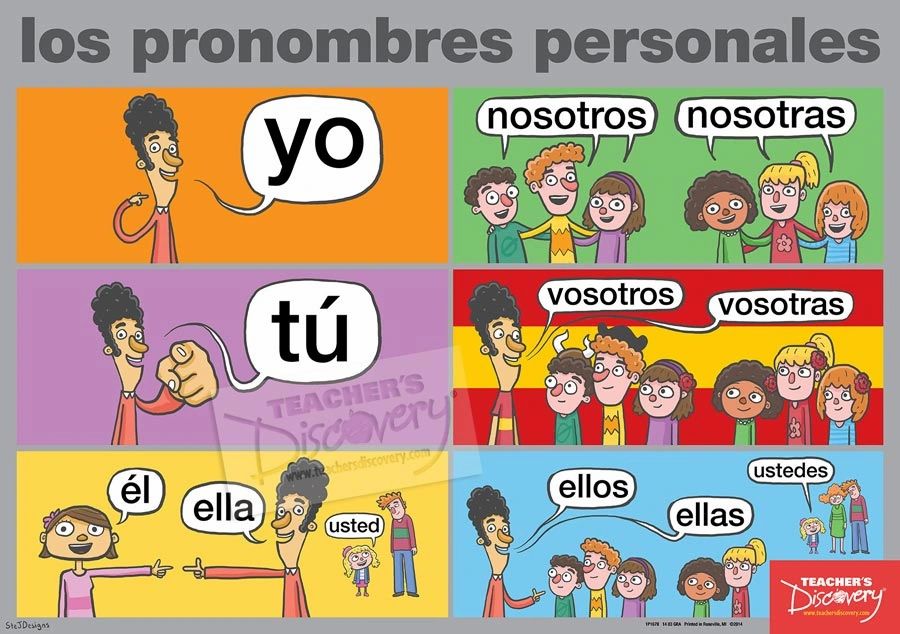Subject Pronouns and the present tense of the verb ser
Unidad 1: Module 1.4
Overview
In order to use verbs correctly, you have to learn about subject pronouns. A subject pronoun replaces the name or title of a person or thing and acts as the subject of a verb. In both English and Spanish, subject pronouns are divided into three groups: first person (I, we), 2nd person (you, you all), and third person (he, she, they). We learned in the module over articles and pronouns that in Spanish one can speak formally or informally. Because of this, there are two subject pronouns that mean “you” singular. You use tú when referring to a friend, family member, or a child. Use usted when addressing a person with whom you have a formal or more distant relationship with, such as a superior at work, o professor, or a person older than you. In this module we will discuss this more.
Important note: You will be learning both subject pronouns and the forms of the verb ser. While we are learning about both of these at the same time, remember that they are not the same thing. Subject pronouns, (I, you, he, she …) will be used with all verbs. The verb ser happens to be the first verb in Spanish that you will learn.
Completing this course will help you:
- Learn the subject pronouns and how to use them correctly.
- Learn differences in using formal vrs. informal.
- Learn differences in pronouns when speaking to groups of people (male, female, mixed).
- Learn the meaning of the verb ser and how to change it according to who is being talked about.
Learning Path
Click on the picture above and go through the slides thoroughly. Then complete the activity on the last slide and turn your answers in on Schoology.
What subject pronouns would you use to talk to these people directly (first blank) and then to talk about them (second blank). Turn your answers in on Schoology.
Remember that when you are talking to one person you can use either tú or usted depending on whether it is informal or formal. If you are speaking to multiple people, then you would need to use either vosotros or ustedes. (Remember also that several Spanish speaking countries only use ustedes when speaking to multiple people.)
If you are talking about an individual, then you would use either él or ella. If you are talking about a group of people, then you would use ellos or ellas.
Model: el chico: tú él
- una chica _____ _____
- el presidente de México _____ _____
- tres chicas y un chico _____ _____
- un estudiante _____ _____
- la señora Ochoa _____ _____
- dos professoras _____ _____
Select the appropriate form of ser from the drop-down menus to complete the paragraph.
- Pablo de Chile. Tania y Yolanda de Ecuador. Yo de México. Nosotros de Latinoamérica. ¿De dónde tú?
Select the correct form of ser to complete Jorge’s introduction.
- Hola, me llamo Jorge y (1) de Cuba. Pilar y Nati (2) de España. Pedro, Juan y Paco (3) de México. Todos nosotros (4) estudiantes. La señorita Blasco (5) de San Antonio. Ella (6) la profesora. Luis (7) el conductor. Él (8) de Puerto Rico. Ellos (9) de los Estados Unidos. El autobús (10) de la agencia Marazul. Todos nosotros (11) pasajeros de la agencia de viajes Marazul. Perdón, ¿de dónde (12) tú, quién (13) ella y de quién (14) las maletas?
Here is our worksheet for you to print out for this module. There are videos below to show you how to do each section.
Here is a video to get you started on the first page.







